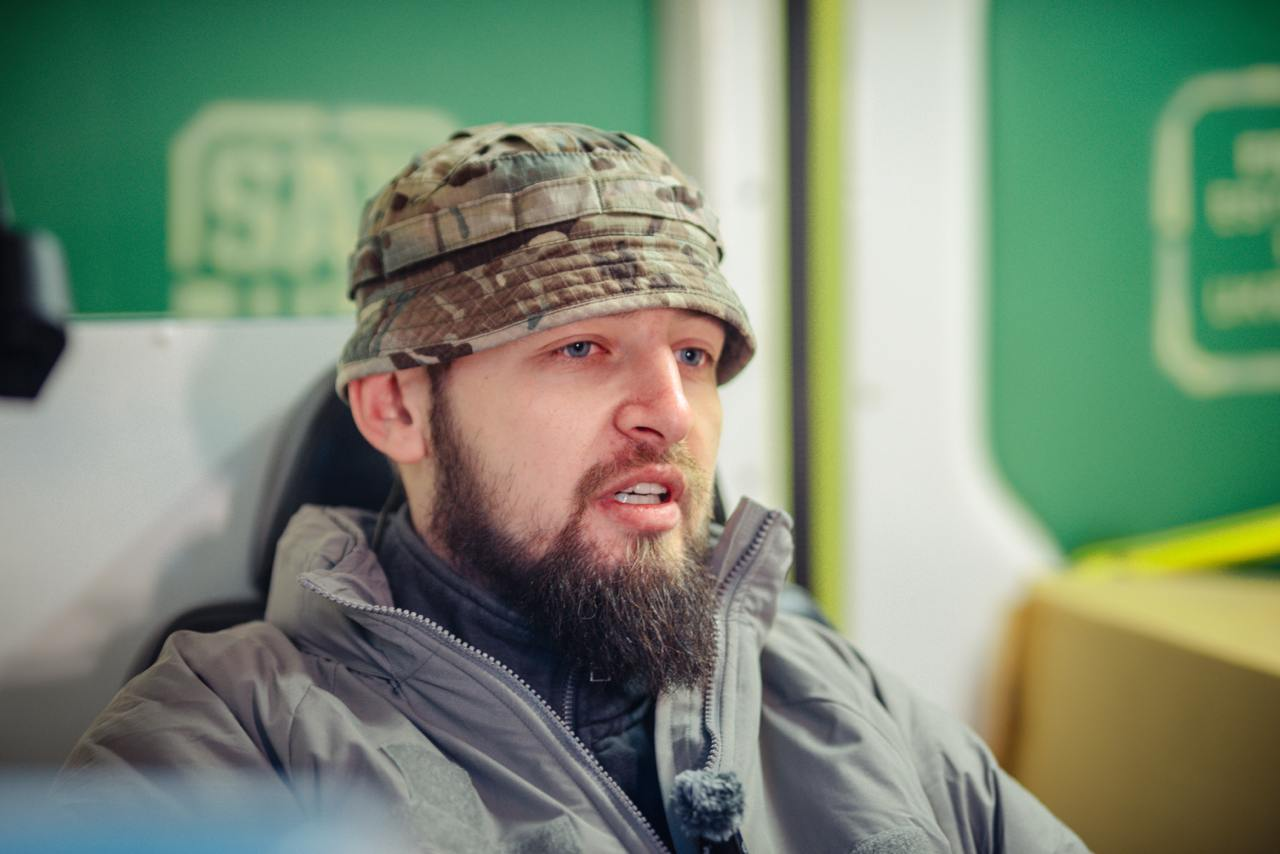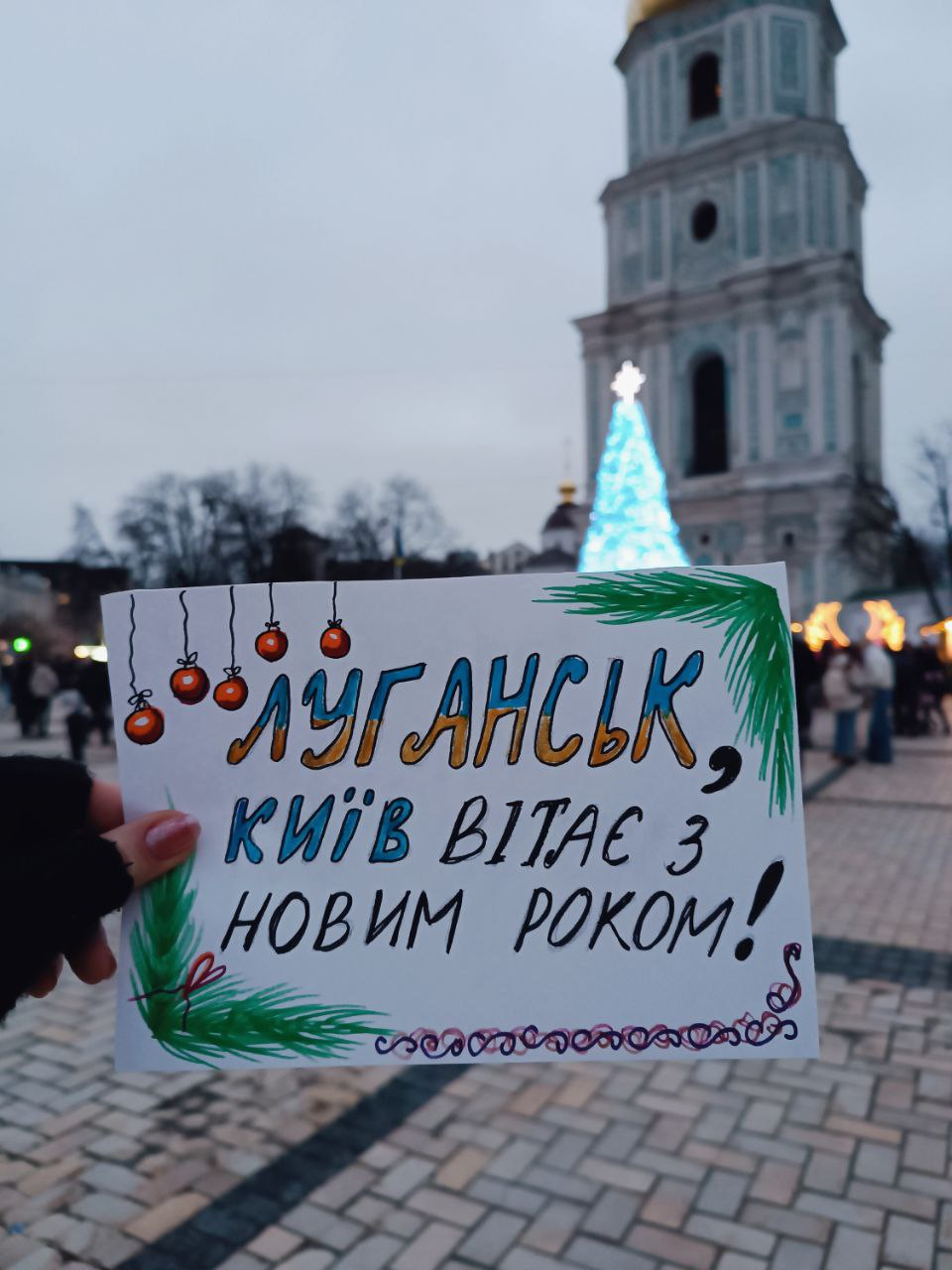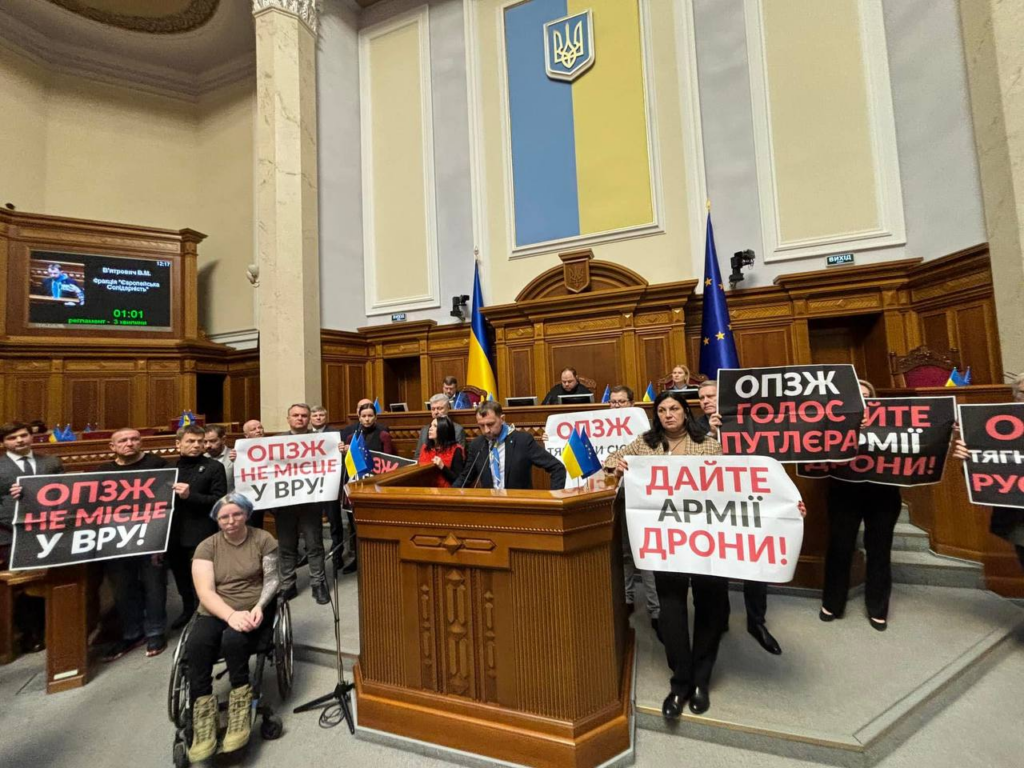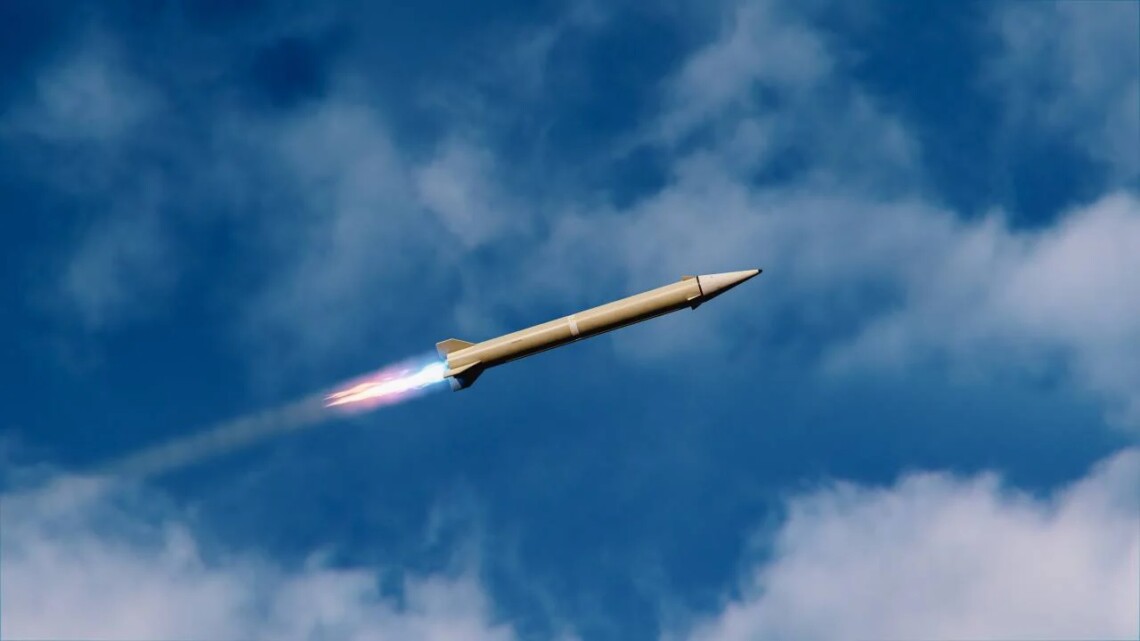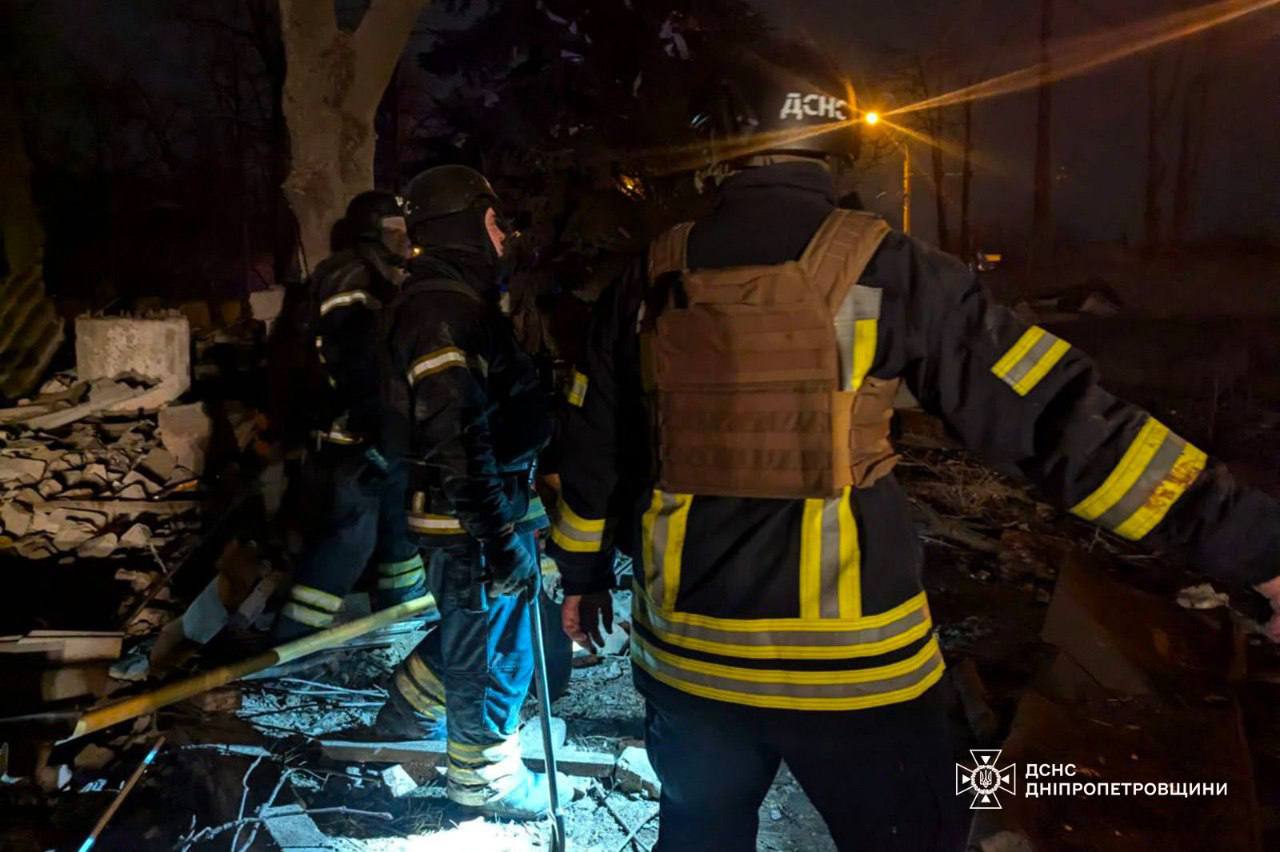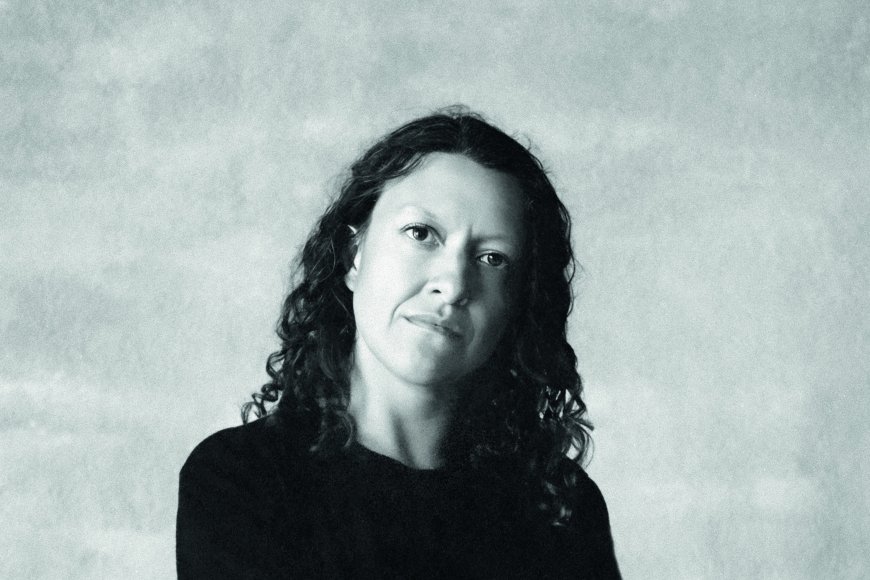Viennacontemporary2024 curator Francesca Gavin on politically charged art
Rinat Akhmetov’s Metinvest Group has completed the construction of an upgraded underground NATO Role 2 hospital in one of the hottest sectors of the frontline. This is the second stabilization point established under the Steel Front initiative in cooperation with the Medical Forces of the Armed Forces of Ukraine. The new facility, funded by Metinvest with an investment of UAH 21 million, is more secure than the first one thanks to its deeper location underground (over 6 meters) and additional fortifications.
Five armored vehicles “Kozak” have received a new mission – thanks to the support of Metinvest, they have been upgraded to full-fledged command and staff vehicles. These upgraded vehicles are now operating on the front line.
A kamikaze drone flies directly toward an armored personnel carrier. But instead of penetrating the hull, it explodes on a steel screen. The crew survives. This is the new reality for Ukrainian forces, who have received enhanced protection thanks to the Metinvest project within “Steel Front of Rinat Akhmetov”.
To commemorate the third anniversary of the full-scale invasion, “Bukvy” has compiled data on the largest donors supporting the Armed Forces of Ukraine. Among them there are charitable foundations and businesses. The list includes, in particular, foundations that provide assistance exclusively from their own resources, without fundraising (such as SCM by Rinat Akhmetov, Epicenter, etc.).
In just 1.5 months, Ukrainian specialists have created an innovative protective shell for the control modules of anti-aircraft missile systems (AMS) Patriot and Iris-T SLM. This development was another step in strengthening Ukraine’s defense capabilities, aimed at protecting key elements of the air defense system from debris damage.
